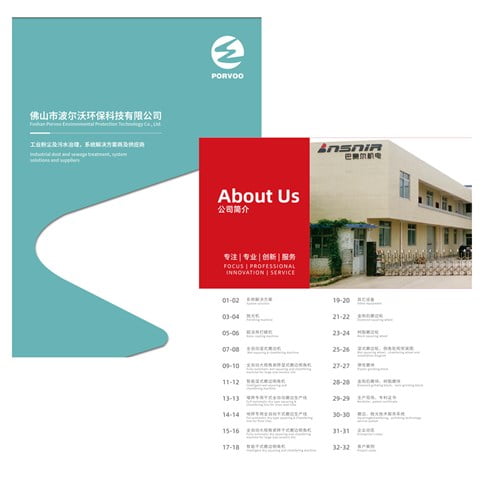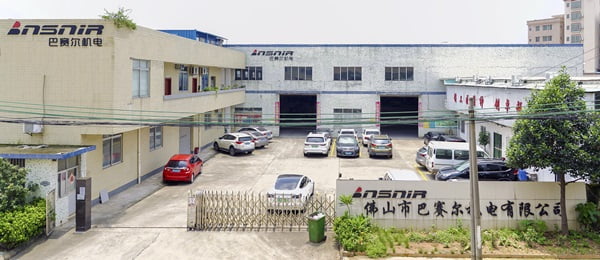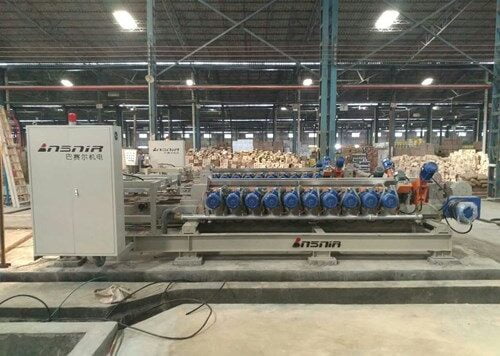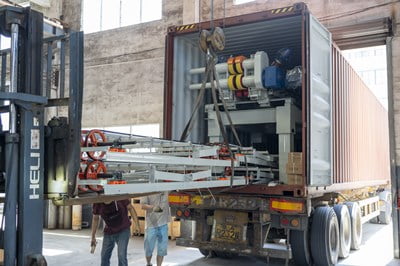Ceramic tile manufacturing has come a long way, with modern technology revolutionizing the production process. One crucial piece of equipment in this evolution is the squaring machine. This article delves into the world of squaring machines for ceramic tiles, exploring their functionality, benefits, and impact on the industry.
Squaring machines play a vital role in ensuring the precision and quality of ceramic tiles. These specialized devices trim and smooth tile edges, creating perfectly square tiles with minimal diagonal errors. This precision is essential for seamless installation and professional-looking results in various applications, from residential bathrooms to large commercial spaces.
The importance of squaring machines cannot be overstated in the ceramic tile industry. They not only enhance the aesthetic appeal of tiles but also improve their functionality and ease of installation. As we explore the intricacies of these machines, we’ll uncover how they’ve become indispensable in modern tile production.
“Squaring machines are the unsung heroes of the ceramic tile industry, ensuring precision and quality in every tile produced.”
How Does a Squaring Machine Work?
At its core, a squaring machine utilizes high-precision diamond wheels to trim and shape tile edges. These wheels, available in various diameters and configurations, rotate at high speeds to achieve clean, precise cuts. The process involves feeding tiles through the machine on a conveyor belt, where they are held securely in place by clamps or other holding devices.
The squaring process can be performed in either dry or wet conditions, depending on the specific requirements of the tile and the manufacturer’s preferences. Dry squaring offers environmental benefits by eliminating water usage and subsequent drying processes, while wet squaring can provide additional cooling and dust control.
Modern squaring machines are equipped with advanced features such as automatic size change systems, allowing for quick adjustments between different tile sizes. This flexibility enables manufacturers to efficiently produce a wide range of tile dimensions without significant downtime.
“The precision of squaring machines ensures that each tile meets exact dimensional specifications, crucial for professional installation and overall quality.”
| Feature | Dry Squaring | Wet Squaring |
|---|---|---|
| Water Usage | None | Yes |
| Dust Control | Moderate | Excellent |
| Energy Efficiency | Higher | Lower |
| Maintenance | Lower | Higher |
What Are the Key Components of a Squaring Machine?
A squaring machine consists of several critical components working in harmony to achieve precise results. The main elements include:
Diamond Squaring Wheels: These are the primary cutting tools, available in various diameters and configurations to suit different tile types and sizes.
Conveyor System: This feeds tiles through the machine at a controlled rate, ensuring consistent processing.
Clamping Mechanism: Holds tiles securely in place during the squaring process to prevent movement and ensure accuracy.
Motor and Drive System: Powers the diamond wheels and other moving parts of the machine.
Control Panel: Allows operators to adjust settings, monitor performance, and troubleshoot issues.
Understanding these components is crucial for operators and maintenance personnel to ensure optimal machine performance and longevity.
“Each component of a squaring machine plays a vital role in achieving the precision and efficiency required in modern tile production.”
| Component | Function | Maintenance Frequency |
|---|---|---|
| Diamond Wheels | Cutting/Trimming | Regular inspection and replacement |
| Conveyor System | Tile Transport | Weekly cleaning and lubrication |
| Clamping Mechanism | Tile Stabilization | Monthly inspection and adjustment |
| Motor | Power Generation | Quarterly servicing |
| Control Panel | Operation Management | Annual software updates |
What Are the Benefits of Using a Squaring Machine?
The use of squaring machines in ceramic tile production offers numerous advantages:
Precision: Squaring machines ensure tiles have exact dimensions and square edges, crucial for professional installation.
Consistency: By automating the squaring process, these machines produce uniform results across large production runs.
Efficiency: High-speed operation and minimal setup time increase overall production efficiency.
Versatility: Modern squaring machines can handle various tile sizes, materials, and thicknesses.
Quality Enhancement: In addition to squaring edges, these machines can smooth tile surfaces, improving overall quality.
These benefits contribute to higher product quality, increased production efficiency, and ultimately, greater customer satisfaction.
“The precision and consistency offered by squaring machines translate directly into higher quality products and increased customer satisfaction.”
| Benefit | Impact on Production | Impact on Product Quality |
|---|---|---|
| Precision | Reduced waste | Improved installation |
| Consistency | Streamlined processes | Uniform appearance |
| Efficiency | Higher output | Faster time-to-market |
| Versatility | Diverse product range | Meets varied customer needs |
| Quality Enhancement | Reduced defects | Premium product offering |
How Does a Squaring Machine Impact Tile Installation?
The impact of squaring machines extends beyond the production floor to the actual installation of tiles. Perfectly squared tiles with minimal dimensional variations are easier to install, resulting in:
- Tighter, more uniform grout lines
- Reduced likelihood of lippage (uneven tile edges)
- Faster installation times
- Improved overall aesthetics of the finished surface
These factors contribute to higher customer satisfaction and reduced callbacks for installers, making squaring machines invaluable in the tile production process.
“The precision achieved by squaring machines translates directly into easier, faster, and more professional tile installations.”
| Installation Aspect | Impact of Squared Tiles |
|---|---|
| Grout Lines | More uniform and precise |
| Lippage | Significantly reduced |
| Installation Time | Decreased by up to 20% |
| Aesthetics | Noticeably improved |
What Innovations Are Shaping the Future of Squaring Machines?
The field of ceramic tile production is constantly evolving, and squaring machines are no exception. Recent innovations include:
- AI-powered quality control systems
- IoT integration for real-time monitoring and predictive maintenance
- Advanced materials for longer-lasting cutting wheels
- Energy-efficient designs to reduce operational costs
These advancements are making squaring machines more efficient, reliable, and cost-effective, further cementing their importance in the tile production process.
“The integration of AI and IoT technologies is revolutionizing squaring machines, enhancing their efficiency and reliability.”
| Innovation | Benefit |
|---|---|
| AI Quality Control | Reduced defects, improved consistency |
| IoT Integration | Predictive maintenance, reduced downtime |
| Advanced Materials | Longer tool life, reduced maintenance |
| Energy Efficiency | Lower operational costs, reduced environmental impact |
How Do Environmental Concerns Influence Squaring Machine Design?
As sustainability becomes increasingly important in manufacturing, squaring machine design is adapting to meet these challenges. Key considerations include:
- Water usage reduction in wet squaring processes
- Dust control and recycling in dry squaring operations
- Energy-efficient motors and drive systems
- Use of recyclable materials in machine construction
These environmental considerations are shaping the next generation of squaring machines, making them more sustainable and eco-friendly.
“The push for sustainability is driving innovations in squaring machine design, resulting in more eco-friendly and efficient equipment.”
| Environmental Aspect | Improvement |
|---|---|
| Water Usage | Reduced by up to 30% in new models |
| Dust Control | Advanced filtration systems capture 99% of particles |
| Energy Efficiency | New motors use 15% less energy |
| Recyclable Materials | Up to 80% of machine components recyclable |
In conclusion, squaring machines have become an indispensable part of the ceramic tile production process. Their ability to ensure precision, consistency, and quality has revolutionized the industry, leading to better products and improved installation outcomes. As technology continues to advance, we can expect these machines to become even more efficient, sustainable, and integral to the production of high-quality ceramic tiles.
For more information on state-of-the-art squaring machines and their applications in ceramic tile production, visit ‘BASAIR’ or check out their ‘squaring machine line’ for the latest innovations in tile production technology.












